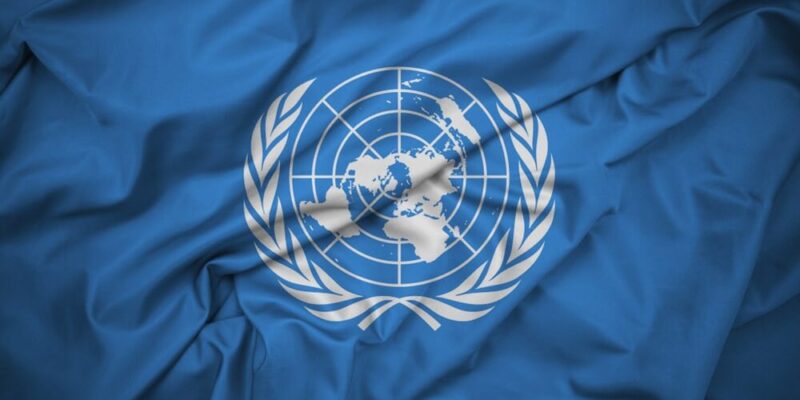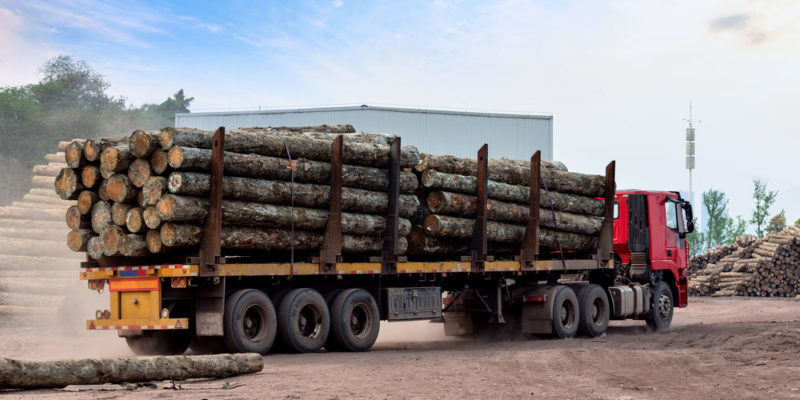We explain what the third world is, its characteristics and the origin of the term. Also, the impact of globalization and more.
What is the third world?
The third world is a term that refers to countries with an inequitable or insufficient level of development to satisfy the needs of their entire population . That is to say, they are impoverished nations compared to the first world countries that have richer economies and societies with fewer indigent populations.The problem is not always the scarcity itself, but the unfair distribution of the country's wealth. A third world nation can have abundant natural resources and present all the necessary conditions to be a rich nation, however, the situation of impoverishment or underdevelopment can be perpetuated over time by various factors.
The conflicts inherited from the colonial past, poor political management and corruption, the limited productive capacity to supply the domestic market or the place it occupies in the world market with respect to the rest of the countries or economic powers are some of the variables that intervene and that determine if a country is third world.
Third world characteristics
Among the main characteristics of third world countries, the following stand out:
- The inequity of access to food, education, decent housing and health care, for a large percentage of the population.
- The unemployment rate is increasing and wages are worth less and less due to currency devaluation.
- The increase in informal work and labor exploitation .
- The currency is constantly devaluing until it reaches hyperinflation.
- State spending is higher than the revenue it can collect.
- The lack of investments that promote the development of a domestic market.
- Political and economic instability .
- The shortage of merchandise due to the lack of production in the domestic market, since money is worth less and less and is not enough to purchase imported inputs.
- Local production is usually managed by foreign investors who only seek to manufacture at low cost and sell their goods outside the underdeveloped country. That is, they perpetuate precarious working conditions rather than encourage improvement.
- Populations are vulnerable to any social conflict, health or natural catastrophe.
- Democratic governments and their high level of corruption , which are capable of perpetuating themselves in power and modifying the laws for their own convenience at the cost of maintaining and increasing the impoverishment of the population.
Origin of the term "third world"
The term "third world country" was assigned in 1952 by the French economist and sociologist Alfred Sauvy to refer to countries that maintained a neutral position during the Cold War , which began after the Second World War (1939 - 1945) until the end of the Soviet Union in 1991.It resulted in a period of political, economic, social and military confrontation, which began after World War II, between the Western bloc led by the United States and the Eastern bloc led by the Soviet Union. That means it was a war between Western capitalism and Soviet socialism.
The first world consisted of the United States, Western Europe, and their allies. The second world consisted of the Soviet Union, China, Cuba, and their allies. Those who did not ally themselves with either side made up the group of "third world countries", like many countries in Asia, Africa and Latin America.
At present, the term has undergone changes in its interpretation and is related to the concept of an underdeveloped country , and not to that of neutral countries during the Cold War.
Third world countries are those that have poor political management, economic crises, social impoverishment and great inequity in access to food, health and work. One of the main factors that leads to this type of crisis is corruption perpetuated over time.
Human Development Index (HDI)
 The Human Development Index (HDI) is an indicator of international use that represents the interrelation of three variables: life expectancy, educational level and income per inhabitant , with the aim of calculating the level of development of the population of a nation.
The Human Development Index (HDI) is an indicator of international use that represents the interrelation of three variables: life expectancy, educational level and income per inhabitant , with the aim of calculating the level of development of the population of a nation.The term HDI was created by the United Nations Development Program (UNDP) in 1990 and, in part, replaced the previous classification of which the term “third world countries” is a part, because it represents more complex situations. that lead to destitution.
The index uses the following classification to measure the health, education, and wealth of a population:
- Very high human development. It recognizes a total of 62 countries.
- High human development. It recognizes a total of 54 countries.
- Average human development. It recognizes a total of 36 countries.
- Low human development. It recognizes a total of 37 countries.
Globalization and development
 The globalization is a process of integration of countries around the world in the same market . However, this connection is not always synonymous with equitable development , because it also makes it possible for many first world companies to install their plants and factories in third world countries, due to the low cost of inputs, facilities and labor.
The globalization is a process of integration of countries around the world in the same market . However, this connection is not always synonymous with equitable development , because it also makes it possible for many first world companies to install their plants and factories in third world countries, due to the low cost of inputs, facilities and labor.Such is the convenience that, even absorbing the costs of moving the goods and despite the carbon footprint that this implies, companies obtain a convenient profit.
This type of business generates profits for companies that are part of nations with strong economies, but it does not contribute to improving the standard of living of the population of the third world countries where the plants and factories are run.
On the contrary, this type of business encourages the continuity of cheap labor, labor exploitation and the damage of local ecosystems through the exploitation of natural resources and the pollution that every industrial process entails.
The production obtained by the companies of the first world is commercialized throughout the planet, so the economies of various nations, both in the first and second world, intervene in this market that encourages the perpetuity of underdeveloped nations as such, at the cost of sustain a globalized mega industry.
In addition, many third world countries export their natural resources directly to be manufactured abroad. This condition also encourages the emptying of underdeveloped countries that do not allocate their resources to internal production, but remain without producing and with less and less natural resources.
The above content published at Collaborative Research Group is for informational and educational purposes only and has been developed by referring reliable sources and recommendations from technology experts. We do not have any contact with official entities nor do we intend to replace the information that they emit.
Luke is passionate about fostering student involvement and connection. He studied psychology for his major and likes learning about the past. Luke aims to specialize in artificial intelligence and cybersecurity. .
Leave a reply
Your email address will not be published. Required fields are marked *Recent post

Sport: What Is It, Types, Risks, Features, Characteristics and Examples
September 23, 2021

Dogs: Emergence, Features, Characteristics, Feeding and Breeds
September 24, 2021

Story: Definition, Elements, Structure, Features and Characteristics
September 24, 2021

Essay: Definition, Structure, Features, Characteristics, How to Do It
September 24, 2021
